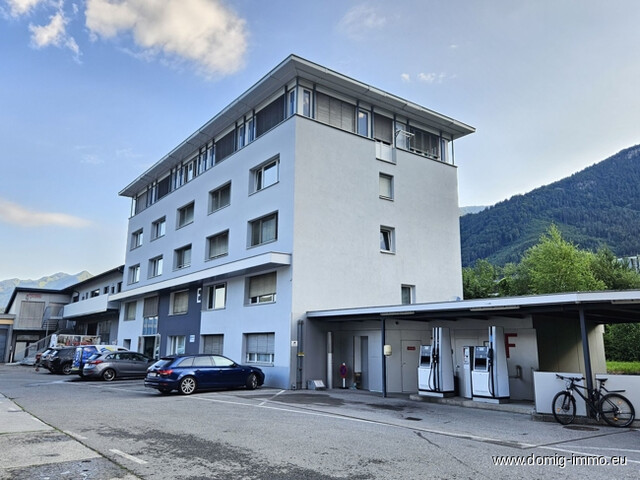The Starting Signal for New Entry-Exit System at Vienna Airport is Imminent

From Sunday, member states will begin its gradual introduction. With the automated IT system, travelers from third countries intending a short stay (up to 90 days) in the Schengen area will be recorded upon entry and exit at the Schengen external border.
In Austria, the introduction of the EES exclusively affects international airports and airfields. According to Interior Minister Gerard Karner (ÖVP), Vienna will be followed by Salzburg (November 12), Innsbruck (November 19), Graz (November 26), as well as Linz and Klagenfurt on December 3. EU Commissioner Magnus Brunner described the EES at the presentation on Thursday in Schwechat as an important component of the asylum and migration reform. It is also the "most modern IT border management in the world".
Karner spoke of "more security" through the EES. The system is networked EU-wide. The EU external border must be made "robust and secure". Initially, a trial operation designed for six months will run.
Vienna Airport invested 16 million euros
According to board director Günther Ofner, Vienna Airport has invested 16 million euros in 52 self-service facilities for pre-registration and 72 border control booths. He spoke of two years of preparation time. About ten percent of passengers or three to 3.5 million in Vienna would come from third countries and thus use the EES in the future. The trial operation exists because "teething problems" are possible, said Ofner.
A "new era in European border management" is dawning, said Elisabeth Wenger-Donig, group leader in the Ministry of the Interior. The manual stamping of passports will soon be history.
The EES applies at the first and last Schengen border crossing. With the full implementation, there is a legal obligation to provide biometric data (fingerprints and facial image) as part of the border control. Franz Ruf, Director General for Public Security, spoke of a "uniform standard across Europe". Karner emphasized when asked that there are no concerns regarding data protection. From April 10, 2026, the system is to be fully applied at all crossings of the Schengen external border, according to the Ministry of the Interior.
(APA/Red)
This article has been automatically translated, read the original article here.
Du hast einen Hinweis für uns? Oder einen Insider-Tipp, was bei dir in der Gegend gerade passiert? Dann melde dich bei uns, damit wir darüber berichten können.
Wir gehen allen Hinweisen nach, die wir erhalten. Und damit wir schon einen Vorgeschmack und einen guten Überblick bekommen, freuen wir uns über Fotos, Videos oder Texte. Einfach das Formular unten ausfüllen und schon landet dein Tipp bei uns in der Redaktion.
Alternativ kannst du uns direkt über WhatsApp kontaktieren: Zum WhatsApp Chat
Herzlichen Dank für deine Zusendung.








